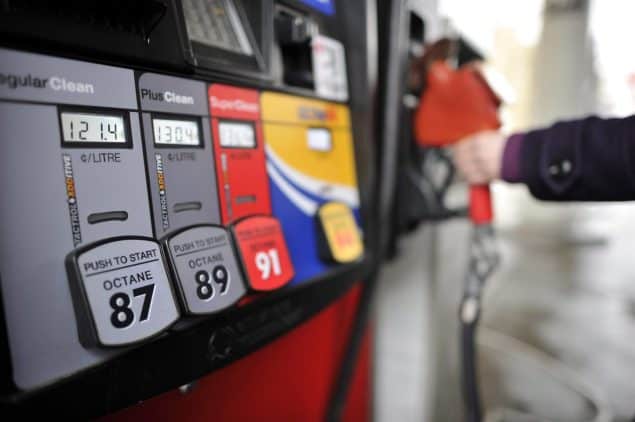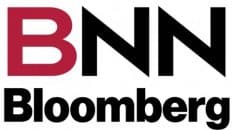Nap time is over! We are soon to be awakened by a bite of energy reality. I will partially abstain, or at least shorten, my comments on the supply and demand side of this discussion for fear of any readers relapsing back to sleep.
In short, supply of crude, and its refined product derivatives, are currently outpacing the demand. This is causing wholesale prices to fall for gasoline and diesel; this isn’t a free-fall situation though, because we consumers, will be paying for it in the third and fourth quarters of 2023.
Why do I say this?
Because price projections over the immediate short term are being based, not on physical, documented data, but on theorists trying to read the mind of the U.S. Federal Reserve.
Meaning… will the Reserve increase interest rates? If so, by how much, and how long or steep is the trend line? The higher the rates, the higher the pressure is on the consumer to get back on the road and lust for gasoline. Higher interest rates mean lower demand and lower pump prices. Simple. We win, right?!
Let’s take interest rates out of the picture and look outside the island of North America.
The price driver for crude and gasoline pricing is determined not in Washington and Ottawa, but in the corporate offices in China – the second largest consumer of oil on the planet. With the country relaxing its Zero COVID policy, the demand for domestic transportation, as well as international jet fuel, is spiking – along with crude from any source (including sanctioned and price capped Russian product) to satisfy refinery demand.
In the past, U.S. shale was the swing producer that could open the taps on a moment’s notice. But those moments are ticking away because existing fields are drying up, and those that have been reliable in the past are producing a sour, gassy product that is not in favour with refiners.
Over the short term, this should likely drive up the prices of Brent and West Texas Intermediate (WTI) from today’s $77/bbl to close to $100/bbl by Q3 and into Q4, 2023. This translates into an increase of $0.14/L at the wholesale level for both gasoline and diesel.
But that’s a low number because we have an increase in the form of a carbon tax coming up on April 1, which will be compounded when you add 13%.
And that will be the final insult to injury to an already battered and injured consumer.
– Roger McKnight – B.Sc., Senior Petroleum Analyst








Add comment